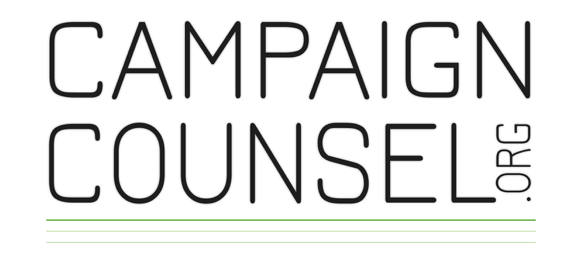Capital Campaign Strategy: Balancing the Facts and the Vision
The inspiration for a capital campaign often begins with identifying a need within your organization.
"We don't have room for one more book; we need a bigger library!"
That need – a bigger library – must mature into a benefit that excites philanthropists if you plan to raise serious money.
The way your nonprofit describes benefits has a direct effect on your ability to reach and inspire your donors. The best ways to valuate benefits involve a balance between the facts surrounding your project and your vision for what the project will achieve.
Some nonprofit leaders are comfortable with big ideas and vision. They like the ‘if-we-build-it’ approach to describing the benefits of a capital campaign. They are visionaries.
Other nonprofit leaders like to describe benefits through numbers and facts. They want to solve for ‘X’. They are pragmatists.
The key is to find the balance between facts and vision to which your audience will respond. If your nonprofit is bringing a new concept to your community, heavy-up on vision (70 percent vision, 30 percent facts). If you plan to expand existing services, lean more on facts (50 percent vision, 50 percent facts). And be flexible during solicitations. Different donors prefer different mixes. An accountant, for example, typically wants more facts like budget and financial sustainability.
You may have noticed from the percentages given above that vision plays the more important role in valuating benefits. Why? Because most major-gift donors get fired-up about what might be. They are idealists.
A perfectly balanced presentation of benefit will positively impact your campaign. Here's one we designed for expanding existing healthcare services within a community.
Facts
Present relevant numbers: With 5,000 additional square feet we can see 50 more patients a day, 250 more every week, and 13,000 every year.
Extrapolate benefits onto complementary service providers: Seeing 13,000 more clients means that downstream health providers like emergency rooms will see a 10-15 percent decrease in routine walk-in care, which helps keep healthcare costs down.
Vision
Downstream impact is important with philanthropists: Our project will decrease the need for more costly service providers, especially government funded providers.
Bring it all back to Mission: Our mission is to make exceptional healthcare available to every man, woman and child in Anytown, regardless of their ability to pay. We have broken down all barriers to entry – a client only need walk-in or call us and we’ll get them in front of a caring, professional doctor. We need to enlarge our facility because more people than ever need our services. More people than ever need the security of affordable healthcare so they can live their dreams.
Balance
This 50-50 balance satisfies the needs of the visionaries, the pragmatists, and the idealists, all of whom want to see the project make a significant impact on their community. Find your perfect balance, communicate it to your prospective donors and create your campaign success.
Contact us to learn more or sign up to receive our tips!
Updated 2/25/20.







